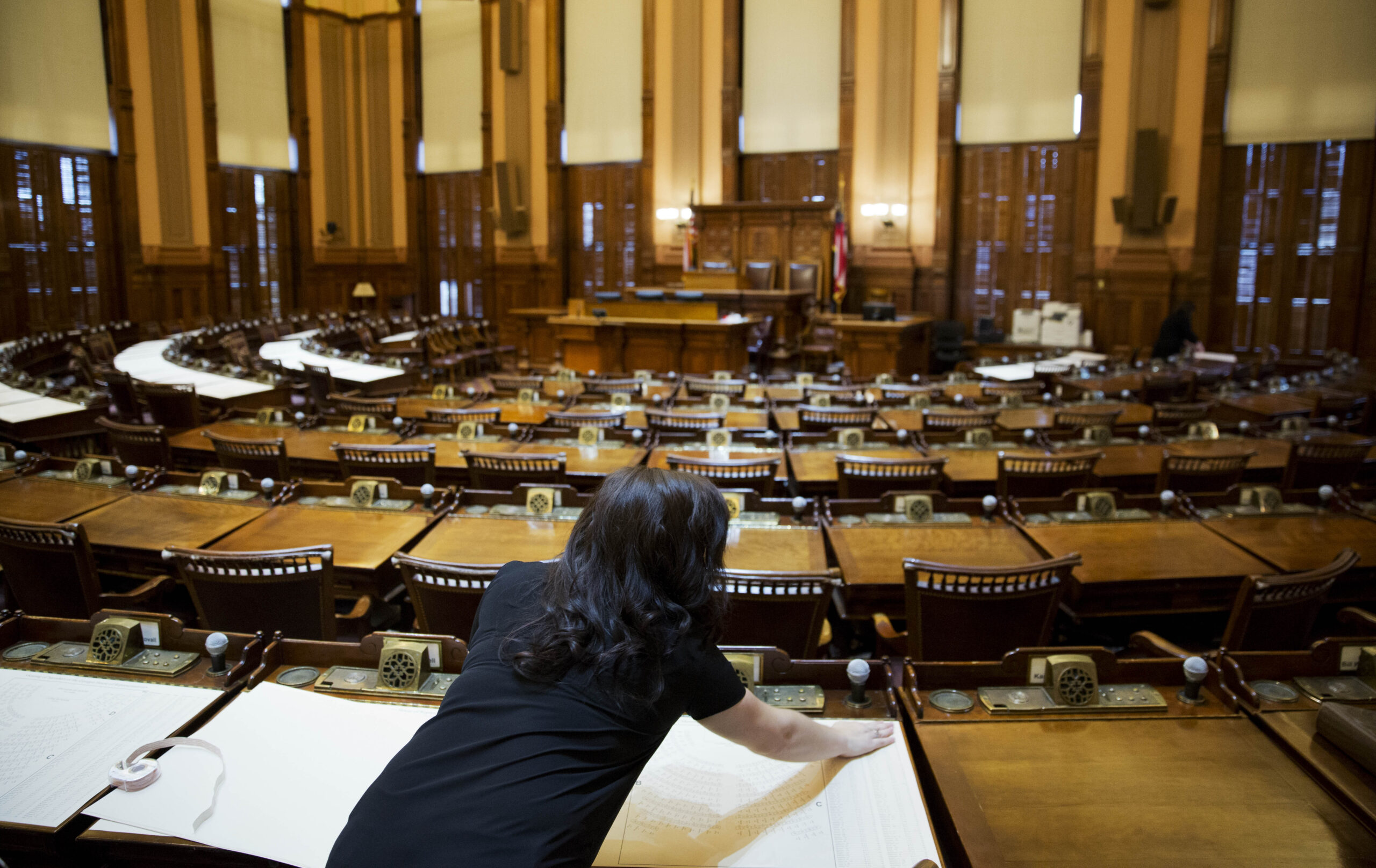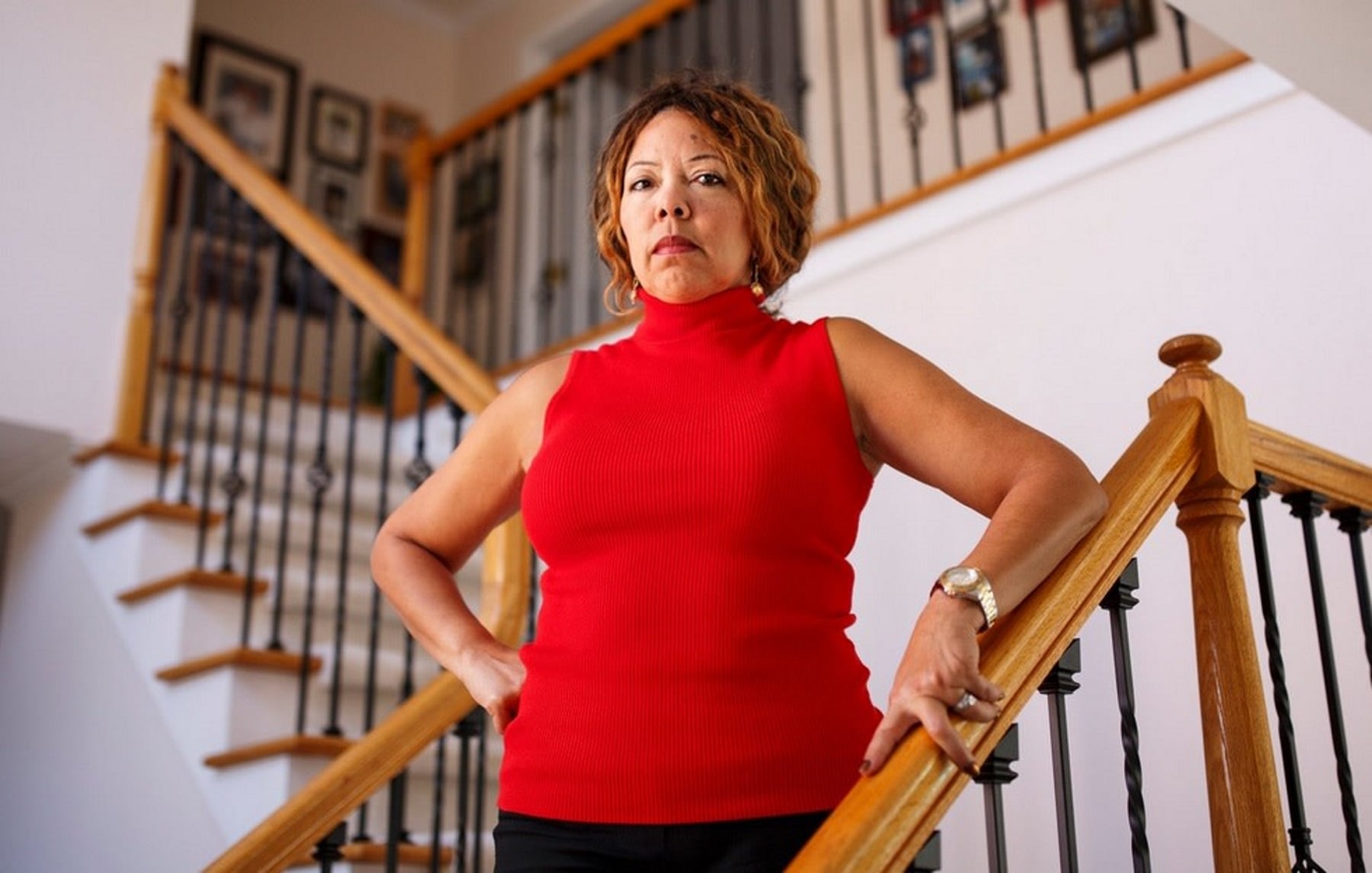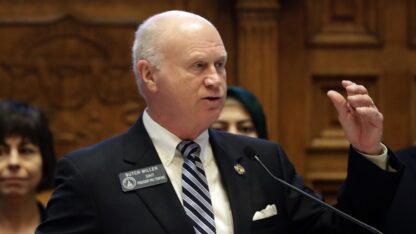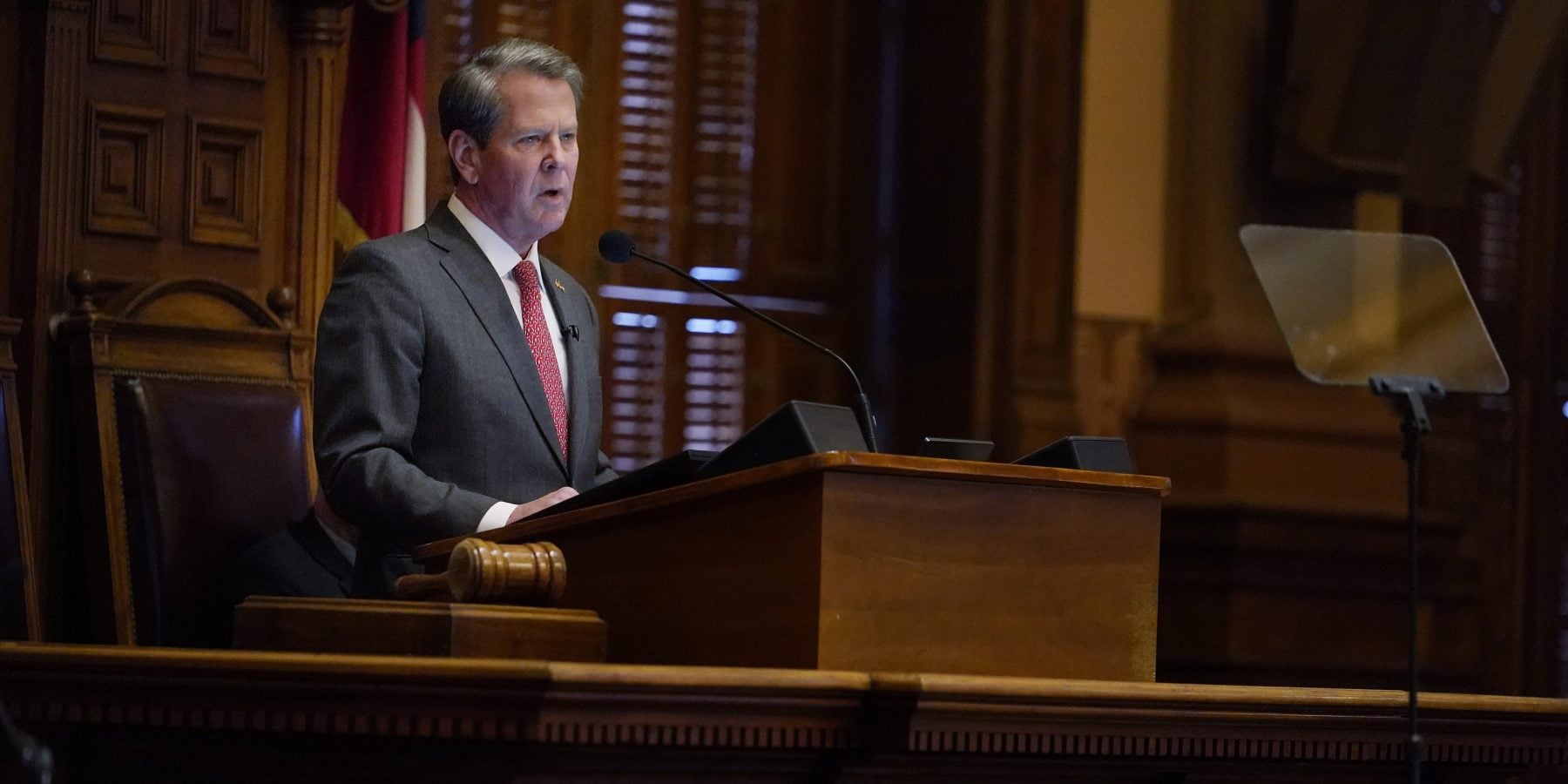Republicans in Georgia’s state House and Senate are taking different approaches to trying to preserve their majorities for another decade in spite of recent Democratic inroads.
House Republicans on Tuesday unveiled a proposal that would sacrifice a handful of members, while Senate Republicans issued a plan that seeks to protect all their incumbents except two who are seeking statewide office.
The GOP currently holds a 103-77 majority in the House and 34-22 edge in the Senate.
Georgia’s General Assembly convenes Wednesday in a special session to consider legislative and congressional redistricting. They must redraw electoral districts at least once every decade following the U.S. Census to equalize populations. Georgia added more than a million people from 2010 to 2020, pushing the size of the ideal House district up more than 10% to 59,511.
Republicans face obstacles to continued dominance as more of the state’s population becomes more concentrated in metro Atlanta. That spells trouble for GOP-dominated rural areas, especially in southern parts of the state.
This will be the first time in decades that Georgia lawmakers won’t be required to get federal approval of their maps after the U.S. Supreme Court struck down a portion of the Voting Rights Act.
House Speaker David Ralston, a Blue Ridge Republican, said in a statement that the Republican House proposal released Tuesday holds the population variance between districts to less than 1.5% in either direction, for a total variance of 1,800 people. He also said it would reduce the number of Georgia’s counties split between districts from 73 to 68 and create more districts where nonwhite voters would have a chance to elect candidates of their choice.
The House GOP plan pulls multiple districts out of south Georgia, with Republicans pairing Rep. Dominic LaRiccia of Douglas and Rep. James Burchett of Waycross, as well as pairing Rep. Danny Mathis of Cochran and Rep. Robert Pruitt of Eastman. Part of the district of Republican Rep. Gerald Greene of Cuthbert is combined with the district of Democratic Rep. Winfred Dukes of Albany.
Because Georgia state lawmakers must live in their districts for at least a year before the election, incumbents who are drawn into districts they don’t like won’t have the option of moving to another district to seek reelection in 2022. Pairing incumbents guarantees one won’t win reelection.
Senate Republicans wiped out GOP Sen. Tyler Harper’s south Georgia district to account for population losses. They also dismantled Sen. Bruce Thompson’s district in Bartow and Cherokee counties.
Harper, of Ocilla, is running for agriculture commissioner. Thompson, of White, is running statewide for labor commissioner. They used much of Thompson’s Republican territory to bolster GOP incumbents in Cobb and north Fulton counties. The map proposes a new district in Roswell and Sandy Springs and another new district in Gwinnett County.
In some cases, such as in north Fulton County, House Republicans have carved up existing districts and drew new ones in an apparent attempt to save embattled Republican incumbents.
In other places, maps draw together Republican members, sacrificing seats currently held by the GOP. In Cobb County, Republicans Sharon Cooper and Matt Dollar are drawn into the same districts, while mapmakers created two new Democratic-leaning districts in the county. Other new Democratic-leaning districts are created in northern Gwinnett, southern Fulton County, and crossing from Fulton’s Sandy Springs into DeKalb’s Brookhaven.
At least one Republican-leaning new House district is proposed in fast-growing Forsyth County.









